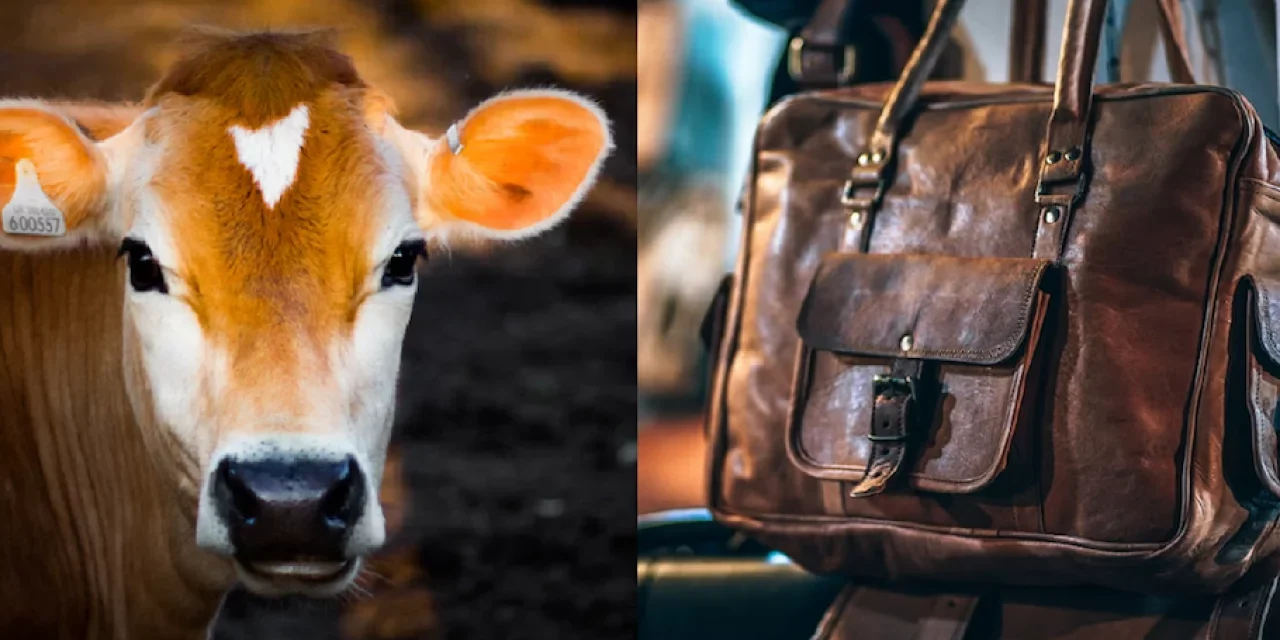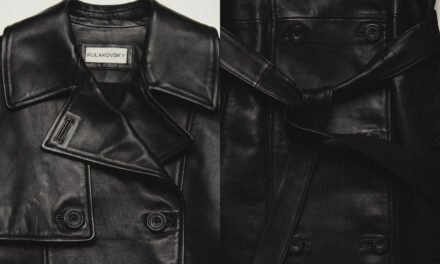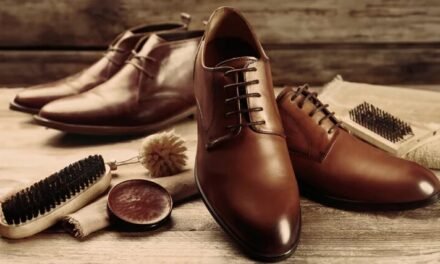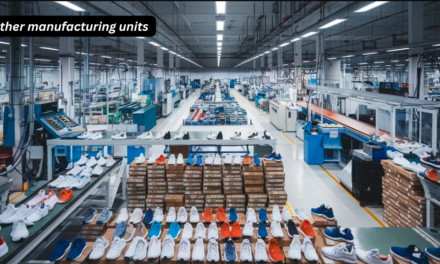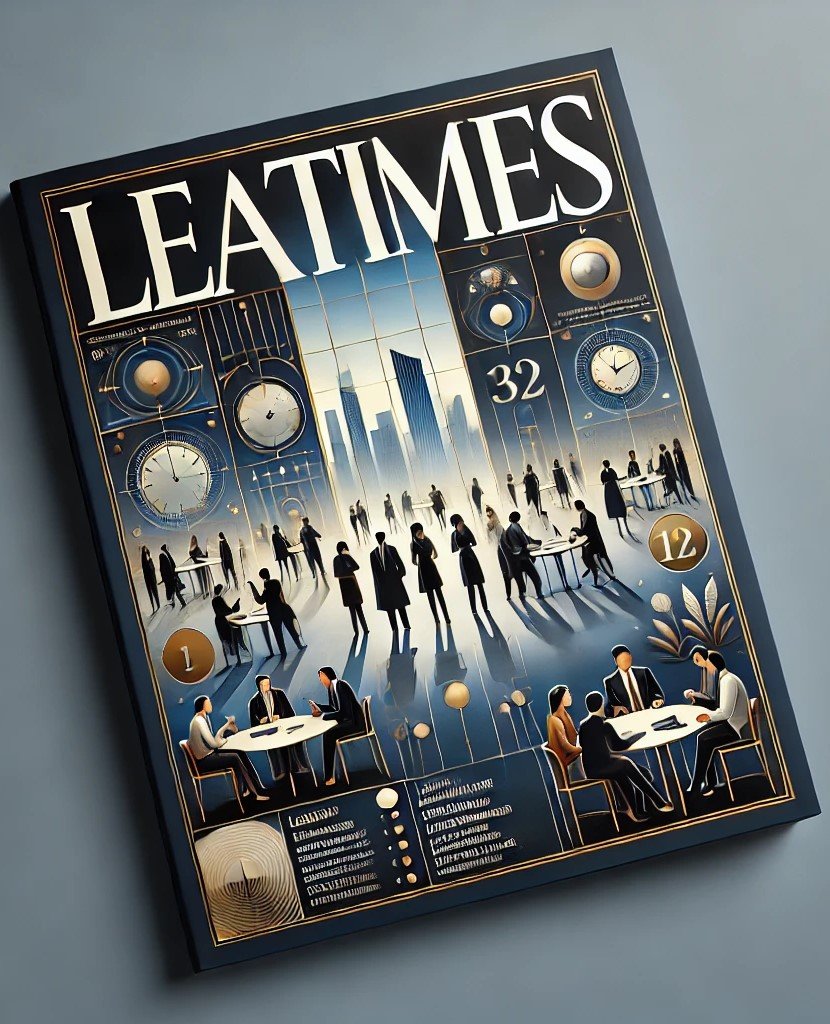Leather used in working animal gear (such as harnesses, saddles, boots, and blankets) is treated with specialized processes to enhance its durability, flexibility, and resistance to wear and tear. Here’s how the leather is prepared and treated:
1. Selection of High-Quality Leather
- Full-Grain Leather: The strongest and most durable leather type, retaining the natural grain layer.
- Top-Grain Leather: Slightly processed for smoothness while maintaining strength and flexibility.
- Vegetable-Tanned Leather: Preferred for working gear as it is eco-friendly, durable, and develops a rich patina over time.
2. Tanning Process
- Vegetable Tanning:
- Uses natural tannins (e.g., from tree bark, leaves, or fruits) to strengthen leather fibers.
- Makes the leather more resilient to stretching, cracking, and water exposure.
- Ideal for heavy-duty gear due to its toughness.
- Chrome Tanning:
- For quicker processing, chrome salts are used to produce flexible, water-resistant leather.
- Common in products requiring flexibility like boots and harness linings.
3. Surface Treatments for Durability
- Oil and Wax Conditioning:
- Leather is treated with oils (e.g., neatsfoot oil) and waxes to prevent dryness and cracking.
- Enhances flexibility while repelling moisture.
- Waterproofing:
- Special water-repellent treatments or coatings (such as beeswax or silicone sprays) ensure the leather withstands rain, mud, and humidity.
- Anti-Microbial Treatments:
- Leather is treated with anti-fungal and anti-bacterial solutions to resist mold, mildew, and odor, especially in humid environments.
4. Structural Reinforcements
- Double or Triple Stitching:
- Industrial-grade thread is used to reinforce seams, especially in stress-prone areas like harness junctions or saddle girths.
- Rivets and Hardware Integration:
- Stress points are reinforced with metal rivets or additional leather patches to enhance durability.
- Stainless steel or brass hardware is used to prevent rust and extend the product’s lifespan.
5. Surface Finishing and Treatments
- Hot Stuffing:
- Leather is infused with a mixture of oils, waxes, and greases during finishing, ensuring it remains flexible and weather-resistant.
- Polishing and Buffing:
- The leather surface is polished to smooth imperfections and provide additional protection against abrasion.
- Edge Burnishing:
- Edges are smoothened and sealed with wax to prevent fraying and moisture absorption.
6. Flexibility Enhancements
- Leather used in working gear is repeatedly stretched and rolled during processing to enhance its flexibility without compromising strength.
- This ensures the gear remains comfortable for the animal while enduring heavy loads.
7. Weather Resistance Testing
- Treated leather undergoes:
- Moisture Tests: To ensure resistance against rain and water exposure.
- Tensile Strength Tests: To check its ability to handle tension and pulling forces.
- Abrasion Tests: To verify surface resistance against scratches, dirt, and wear.
8. Maintenance Recommendations
To extend the life of leather gear, regular treatment is encouraged:
- Oiling and Conditioning: Regular application of leather oil prevents drying and cracking.
- Cleaning: Wiping off dirt and moisture prevents leather degradation.
- Resealing: Applying wax or waterproof coatings periodically ensures long-term weather resistance.

